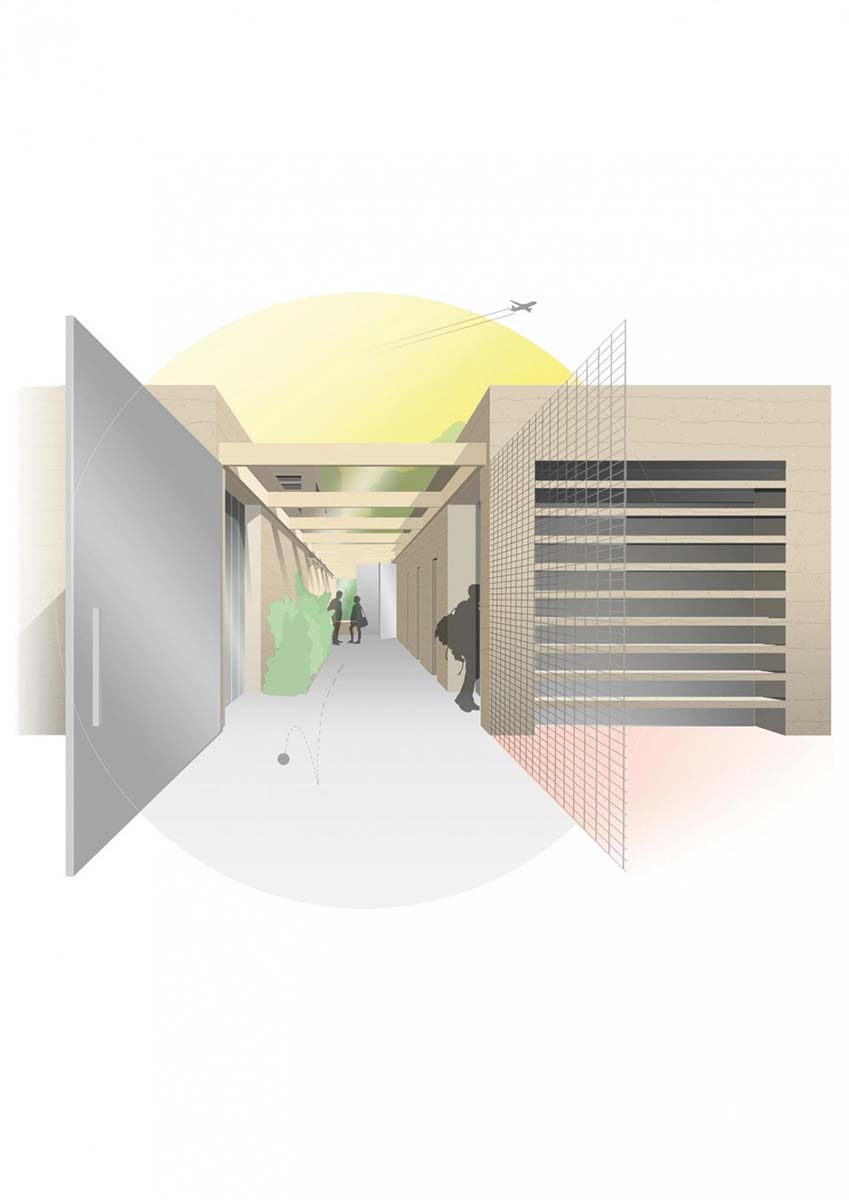
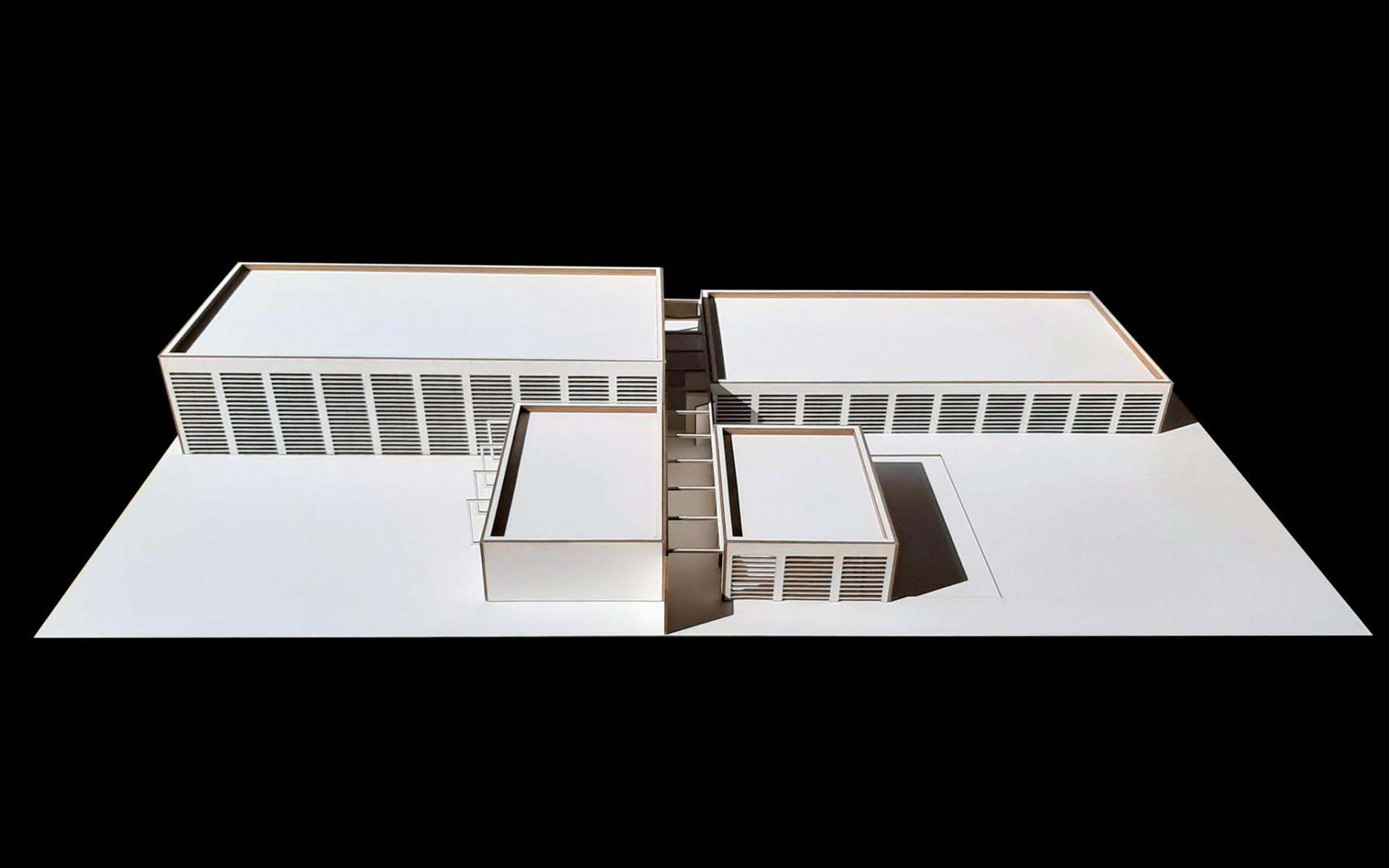
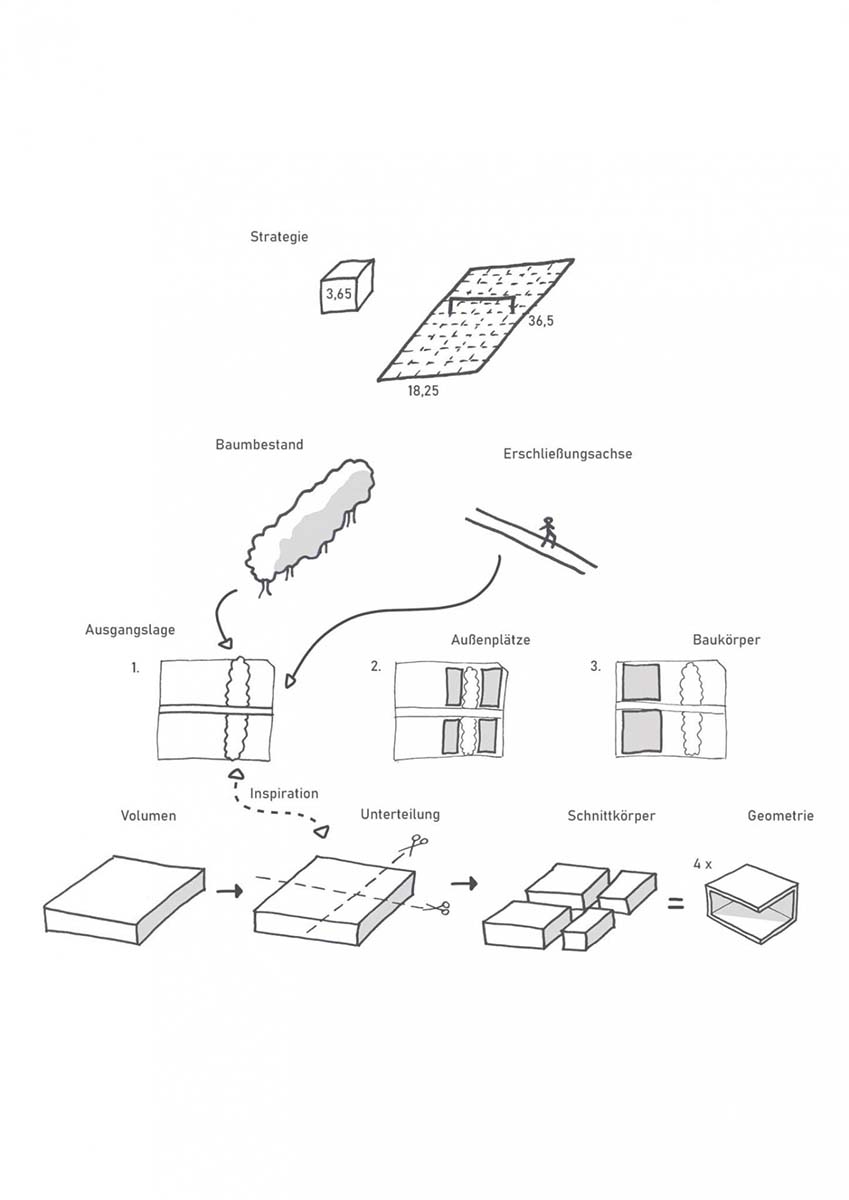
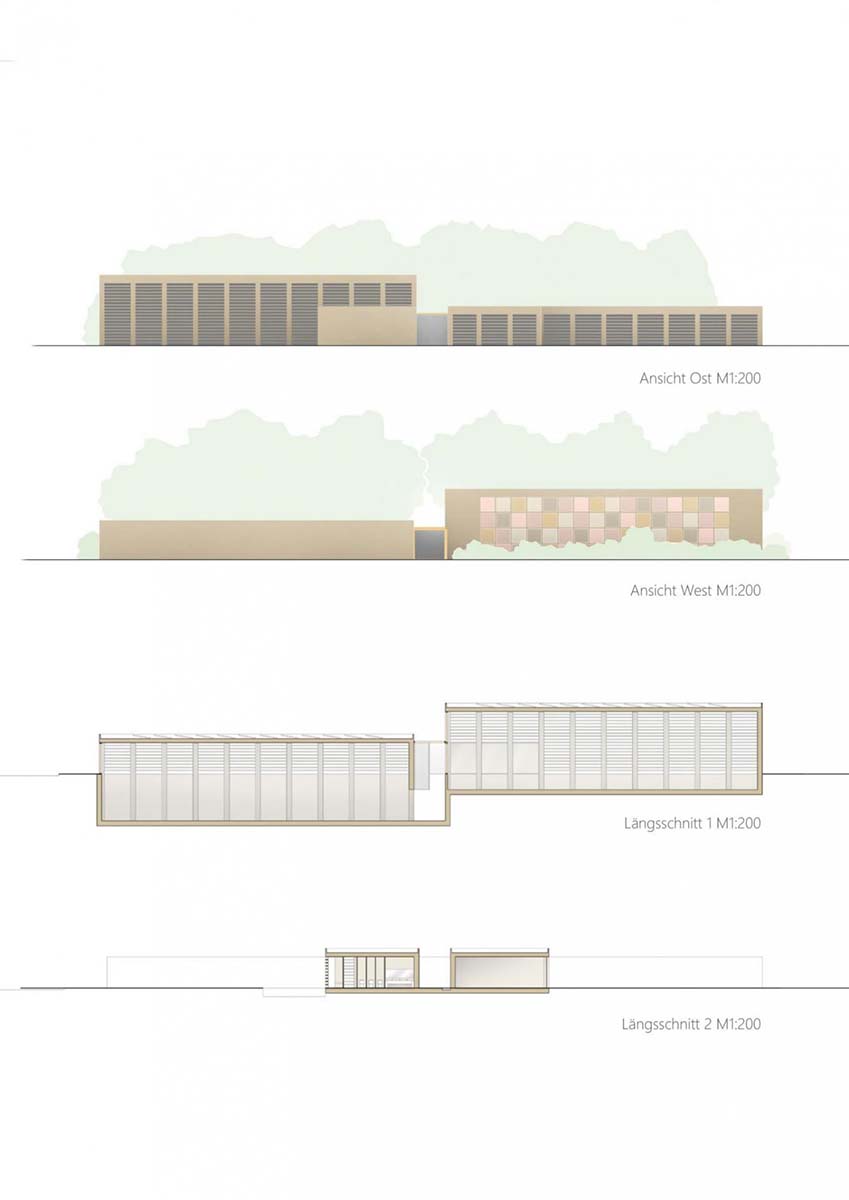
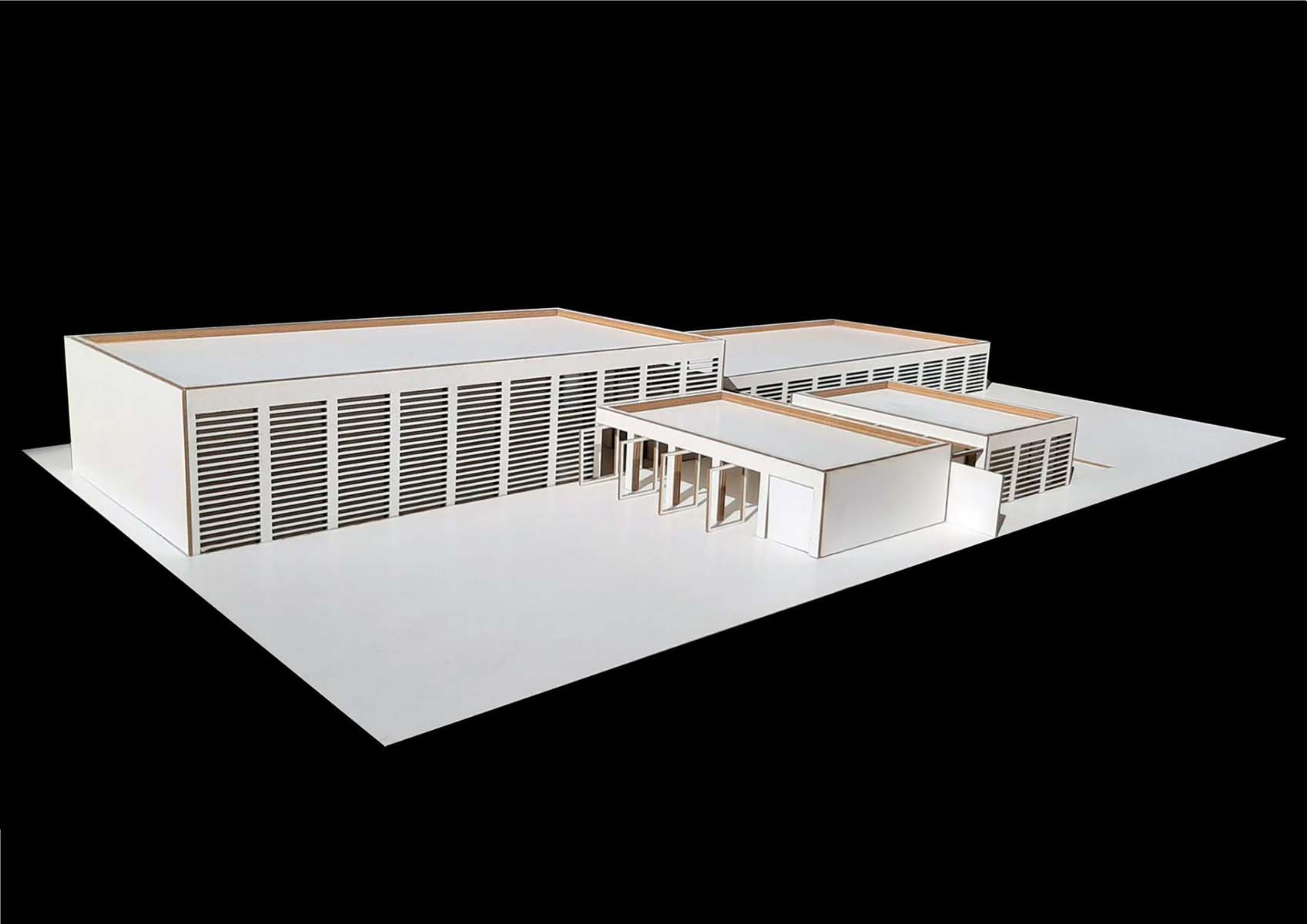
Noel Kolominski
Noel Kolominski
Noel Kolominski
Noel Kolominski
Noel Kolominski
Prof. Dipl.-Ing. Erhard An-He Kinzelbach, MSAAD
Prof. Dipl.-Ing. Gernot Schulz
Prof. i.V. Dipl.-Ing. Ariane Wiegner
Entwerfen und Konstruieren bedingen sich. Jeder Entwurf stellt die Frage nach der Konstruktion und dem Material und jede Konstruktion und Materialwahl folgt dem Entwurfsgedanken. Wir begegnen diesen Aspekten und Fragen forschend, mit großer Offenheit für die Ergebnisse. Beim Entwerfen versuchen wir Räume in Kommunikation zueinander zu setzen, Blickachsen zu öffnen, Nutzungsvielfalt zu ermöglichen. Wichtig ist uns hierbei, eine Synthese zwischen diagrammatischem Konzipieren, informiertem Entwerfen und fundiertem Konstruieren herzustellen – immer auf der Suche nach einer zugleich experimentellen und zeitgemäßen, als auch angemessenen und nachhaltigen Lösung. Einzigartig in der deutschen Architektur-Hochschullandschaft findet vom 1. bis zum 7. Semester des Bachelorstudiums eine intensive Ausbildung in der Konstruktionslehre statt.
Lehrgebietsübergreifend finden Rückkoppelungen und gemeinsame Lehrformen mit den Lehrgebieten der Technischen Gebäudeausrüstung (TGA), der Tragwerklehre, der Bauphysik und der Materialkunde statt. Als Architekt*innen und zukünftige Architekt*innen sind wir uns unserer besonderen Verantwortung gegenüber Umwelt und Gesellschaft bewusst und handeln danach. Unser Tun basiert auf dem Fundament der Baugeschichte und deren reflektierenden Analyse hinsichtlich dessen, was sie uns heute und für jedes neue Architekturprojekt lehren kann. Unser Streben geht dahin, der Baugeschichte Neues, Überraschendes, Berührendes, Langlebiges und Ressourcenschonendes hinzuzufügen. Dann wird Architektur zu Baukultur.
Design and Building Construction
Design and construction are interdependent. Every design necessitates a decision on the form of construction and material to be used, and each construction method and material choice is guided by the design concept. We approach these aspects and questions in an exploratory manner, while remaining open to the results. When designing, we seek to create spaces that communicate with one another, open up lines of sight, and enable a variety of uses. The key is to synthesize diagrammatic thinking, informed design, and well-grounded construction, while looking for a solution that is experimental and contemporary while also being practical and sustainable. Intensive training in construction theory—a unique offering in the German architecture university landscape—takes place from the first to seventh semesters.
An interdisciplinary approach is practiced through forms of collaborative teaching in the study areas of technical building equipment (TBE), structural engineering, building physics, and materials science. As architects and future architects, we are aware of our responsibility towards the environment and society and act accordingly. Our actions are founded on architectural history and reflecting analytically on what it can teach us today and for every future architectural project. We strive to contribute to the history of architecture by adding and constructing something new, surprising, moving, durable, and resource-efficient. In this way architecture becomes building culture.